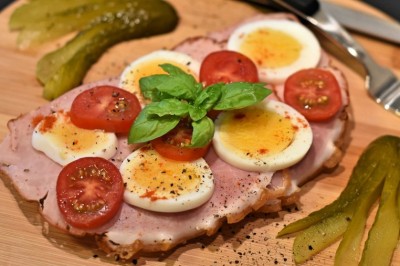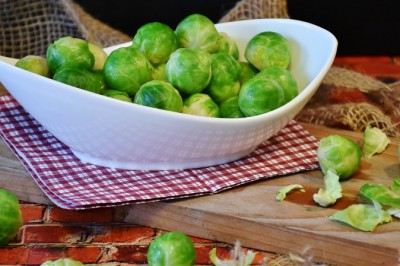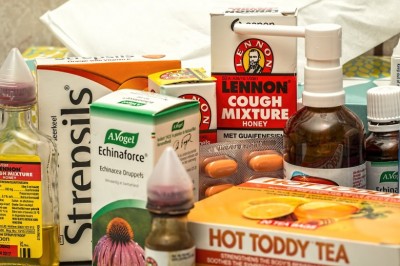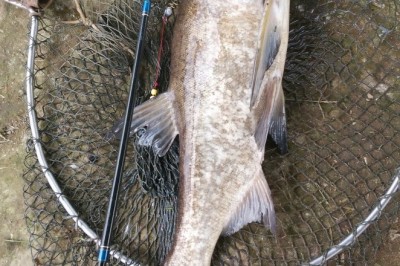Poultry Feeding Raising Laying Hens
The more foodstuff the birds consume beyond physical needs the bigger the amount of the marketable products they create. Each chicken that is a natural layer will turn the additional food into eggs. If she is naturally a meat maker she could build flesh or take on fat. And the quicker the fat makers are identified and removed from the laying flock, the better for all concerned. Your birds could not get too fat to lay-they would become fat if they dont lay. And the big setback is to induce the layers to eat as much chicken laying feed as they can digest in order that they may well lay heavily and progressively.
The staple grain feeds are corn, oats, wheat, barley and buckwheat. The grain by-products, bran, middlings and gluten feed, to which might be added corn meal, crushed oats and pounded barley.
Animal food of a particular type is an essential to development and egg-production. Skim milk as well as butter milk, fish scrap made from oil-free fish, beef scrap, fresh cut green bone and good grades of digester tankage are completely superb. Nonetheless use just feeds of this character that are of prime quality. Oily fish, poor beef scrap as well as mouldy green bone wholesale chicken feed would definitely cause problem.
Fowls on range all through the developing stage can pick up all desired green foodstuff. Throughout the wintry weather anybody may possibly feed cabbages, mangel wurtzels, beets, carrots, and so forth. Or, if fresh food is not existing, heavy oats can be sprouted and fed when the sprouts are 2 to 3 inches in length. Dried beet pulp, a dairy foodstuff made at beet sugar factories, is a suitable green food. It should be correctly soaked prior to feeding.
One saves much time, and not seldom some money, through acquiring ready-mixed dry feed, particularly chicken laying mash. Make sure you buy those made of best quality even if they are fairly costly. Adopt a few brand name made by reliable poultry feed suppliers and give it a fair trial. But do not hesitate to change if healthier feed dealersbecomes obtainable.
Feeding Dry Mash
The most trouble-free and generally suitable feeding process is the dry mash system. Feed a certain amount of he scratch mixture-whole and cracked grains-every day and permit the fowls to complete the daily ration by means of having dry mash-ground grains-at will. Supply mash in open hoppers near them always so they may perhaps continually have a little.
The mash, because of its high protein content, is the real egg-maker. And through recent years there has been a tendency toward restricting the scratch feed and inducing the layers to have more chicken laying mash. Results seem to show that this idea is best, increasing the produce and reducing feed costs.
Consider this query with regards to mash and grain utilization, because if your birds arent receiving a sufficient amount chicken laying mash, they cannot lay eggs in larger quantities.
For other information and advice in relation to chicken coop building plans please go to http://coopchicken.info/go/Building_A_Chicken_Coop and acquire your own copy of the chicken farming handbook immediately.




























